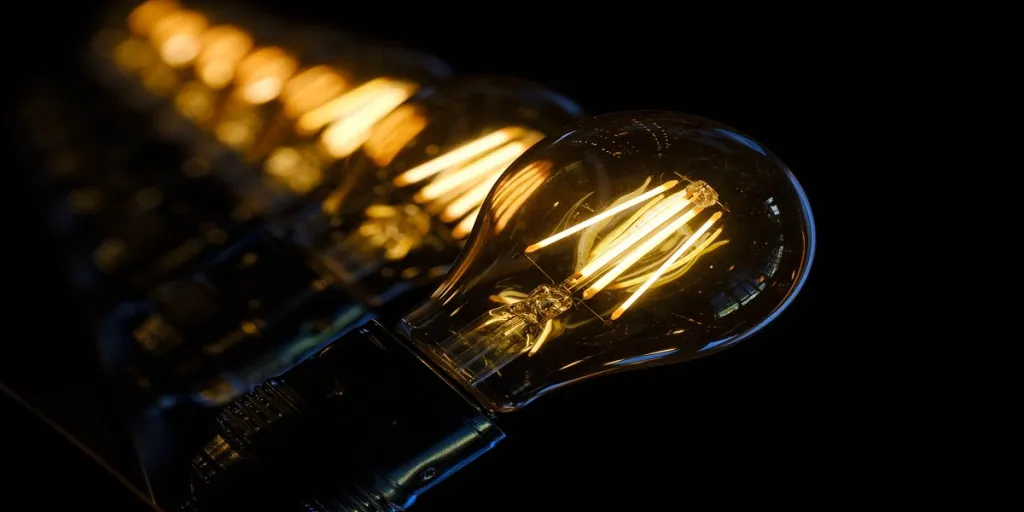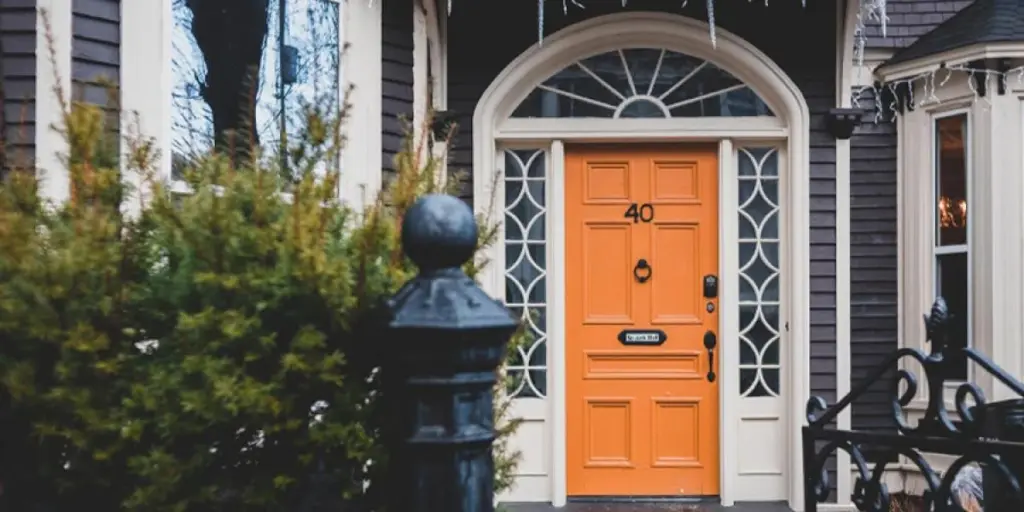Losing a loved one isn’t easy, and selecting a headstone is way more complicated. People use headstones to honor the deceased ones and for the identification of their graves. A headstone isn’t merely an identification; it reflects the deceased person’s life.
A person who just lost a loved one needs empathy, support, and good advice for the best headstone. This article will guide you on how to build your extensive clientage by adding customized assistance while helping your client find the best headstone.
Table of Contents
How is a cemetery a potential business?
Types, designs, and qualities
How to cater to clients’ needs
Conclusion
How is a cemetery a potential business?
With a recent inclination towards cremation, along with producing headstones, the granite producers have started creating monument walls, granite pedestals, bird baths, cremation gardens, etc. Recent worldwide issues have increased the mortality rate worldwide. Many lost their relatives, creating a sense of insecurity. Since then, people have bought their headstones even before needing them. It’s called pre-need.
Another headstone material is sintered stones, combining and forming a new material like granite, marble, limestone, etc. However, it isn’t strong enough to be used as a headstone.
The cemetery business can be profitable by embracing new technology like installing QR codes, GPS trackers, personalized inscriptions, and customized monuments. In 2020, 3.171 million people died in the US, and the demand for funeral services significantly surged. As a result, the market size of cemetery services has also increased.
Types, designs, and qualities:
Types of headstones
Headstones can be categorized into the following four broad types.
Flat headstone
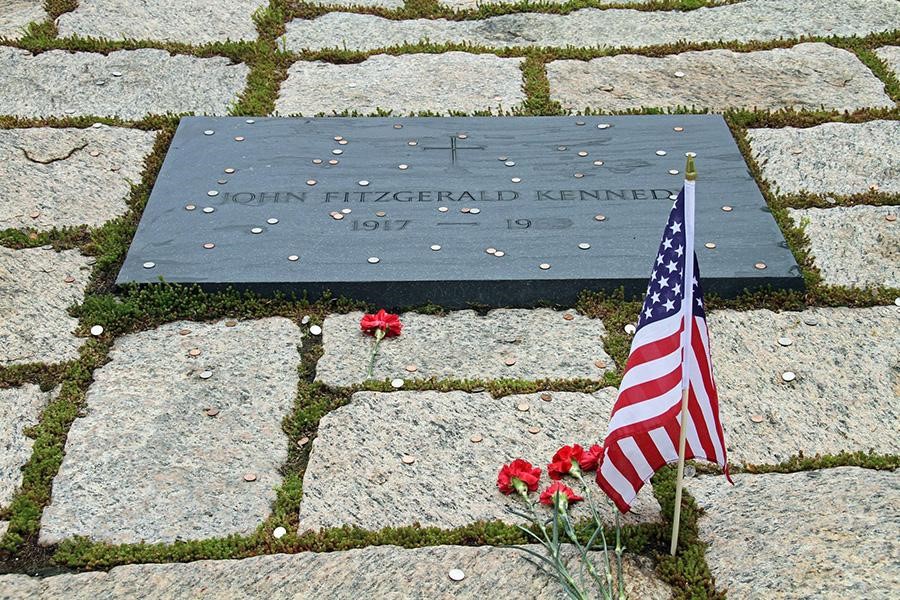
These headstones are also called flat markers or flat tablets and are usually made of bronze or granite. They’re generally available in a square or rectangle shape, and varied designs like crosses and angels could be engraved on them.
Raised-top flat marker
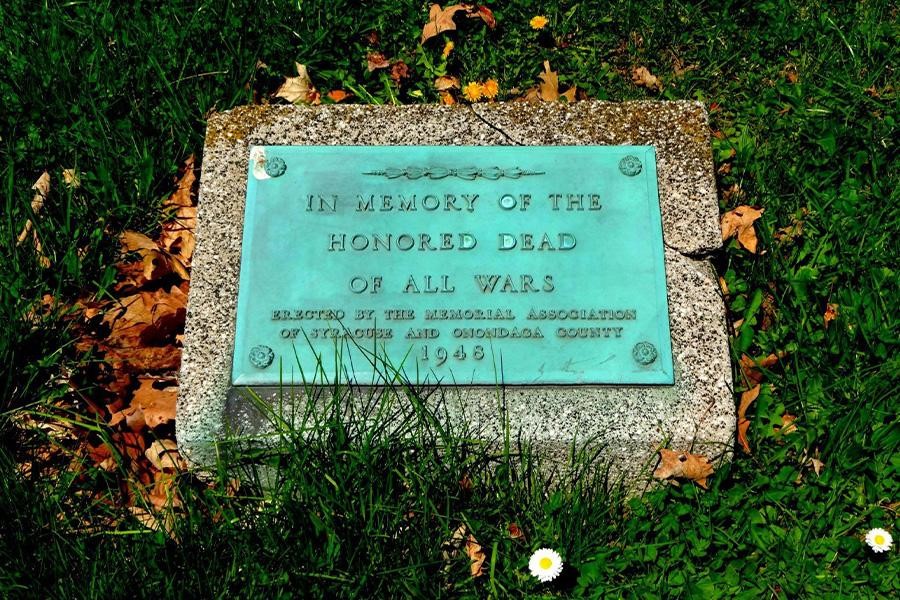
A raised-top flat marker or bevel is a headstone slightly above the ground with a little slant, and the rest of the stone is flat. The bevel is quite affordable and is compatible with many inscriptions and intricate designs.
Upright headstones
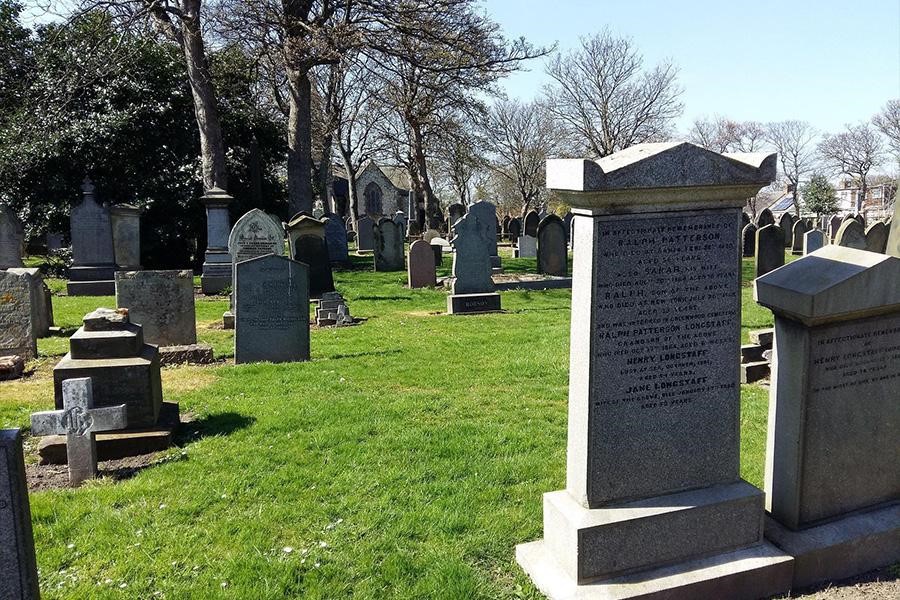
These are the most commonly used headstones made of marble, granite, or limestone. They consist of a tablet and a base with all the information about the deceased displayed on the tablet. They’re usually preferred for partners or married couples.
Kerbed headstones
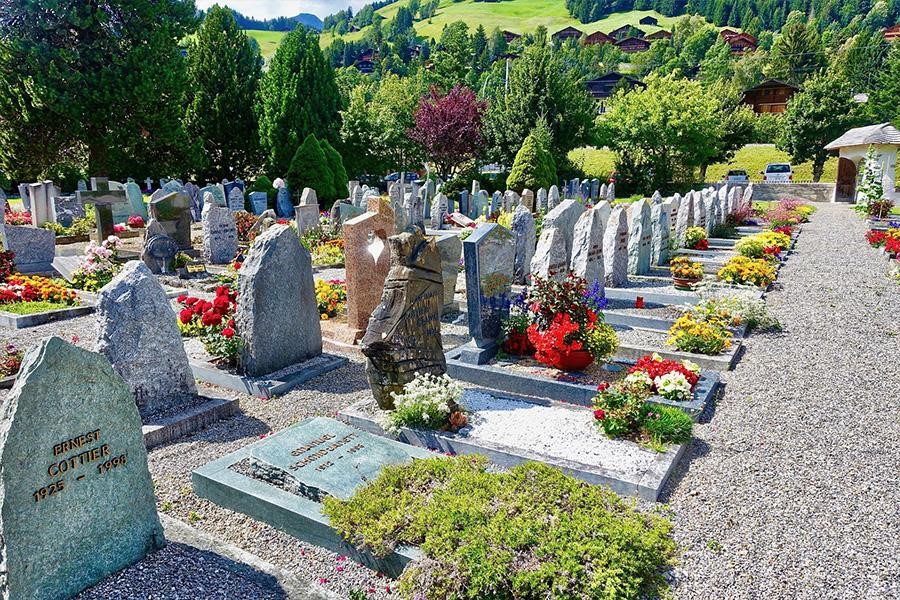
These are called ledger markers and are made of varied materials. The quality of using these types of headstones is that they let you have a big room for personalization or inscriptions. Due to their vast size, most cemeteries do not allow kerbed headstones, but their demand is still relatively high.
Materials of headstones
Granite, limestone, marble, slate, and sandstone are the most common natural stones, with broad uses in the residential and commercial industry. Let’s look at the following headstone materials and their individual properties.
Granite
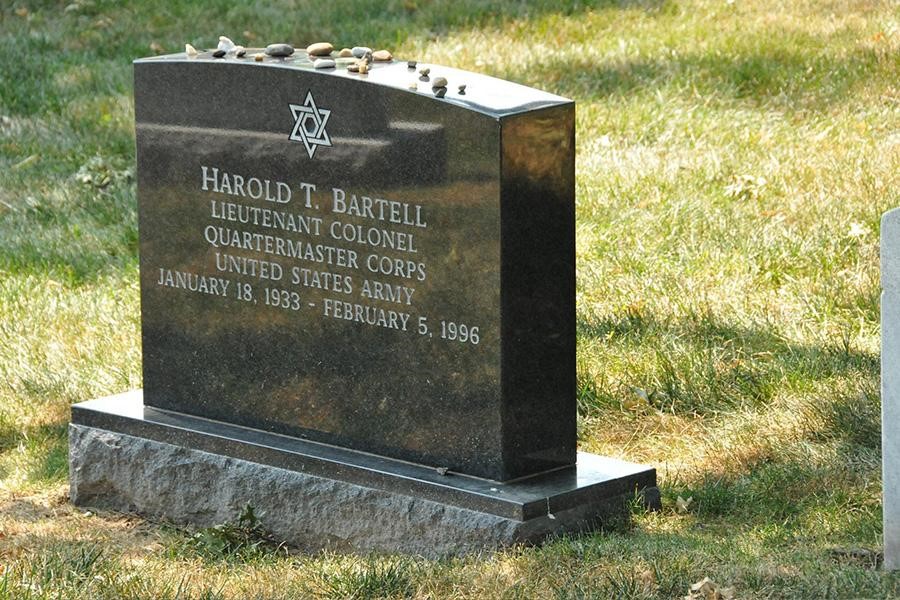
A striking inclination from marble to granite has been observed as granite is durable, resilient to weather, and high-quality headstone material. Granite comes in vivid colors like jet black, blue pearl, red mountain, etc. Because of its durability towards temperatures (hot, damp, cold) and anti-erosion, granite is undoubtedly the most desirable choice for the headstone. Its rugged and durable structure is tough to have inscriptions on it. Granite is best when it’s black; try high-quality Shanxi black granite for the strength and longevity of the headstone.
Marble

A marble headstone is a unique and beautiful headstone with intriguing stone patterns and striking white and grey colors. The statue of an angel of white marble could represent a deceased baby or lady of the family. No doubt a marble catches the eyes of every client because of its natural blue and black veins and striking white color; however, it requires some maintenance over time as it’s very vulnerable to weather conditions. Also, with time, its inscriptions become hard to read, and it’s pretty expensive compared to other headstone materials.
Limestone/sandstone
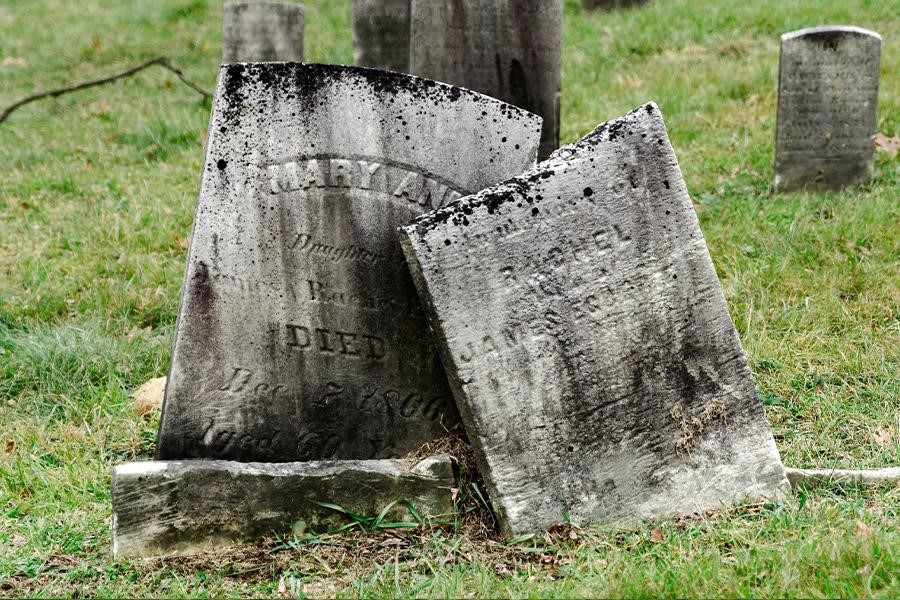
This option is inexpensive but rarely used as a headstone as it’s not as durable as marble or granite and withers drastically over time. Due to its sensitivity, it’s tough to clean, and cracks begin to appear in the bedding plates. Today, it’s rare to see someone choosing a limestone/sandstone headstone compared to marble and granite. If selected, deep cuts and capital letters are used to inscribe a headstone made of limestone/sandstone.
Bronze
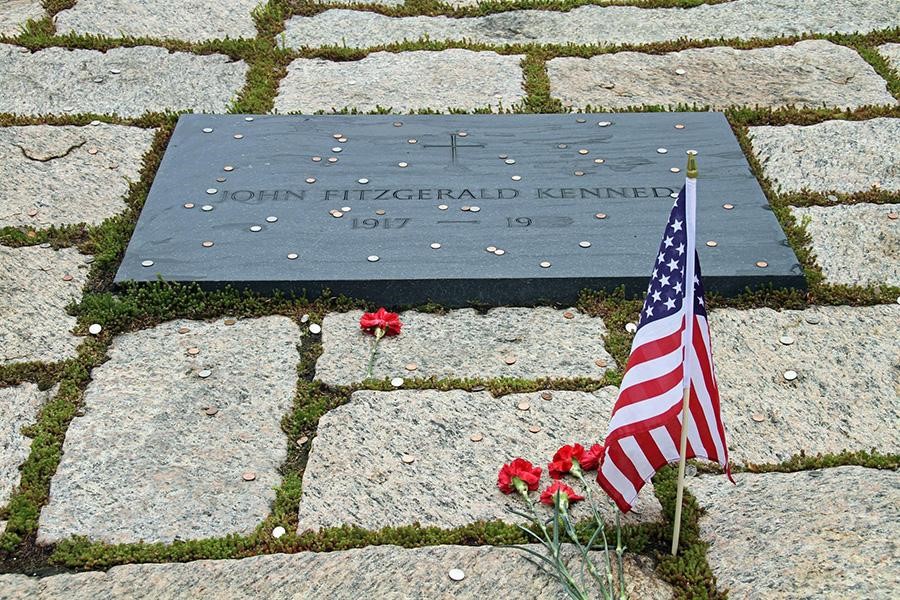
Bronze is the most durable material used for headstones; however, very few can afford it due to its high cost; it’s widely used as a headstone because it requires significantly less maintenance. Due to the high price of copper, which is twice as expensive as granite, it’s not widely used as a headstone. If chosen, it’s used for flat markers or flat tablets.
Slate
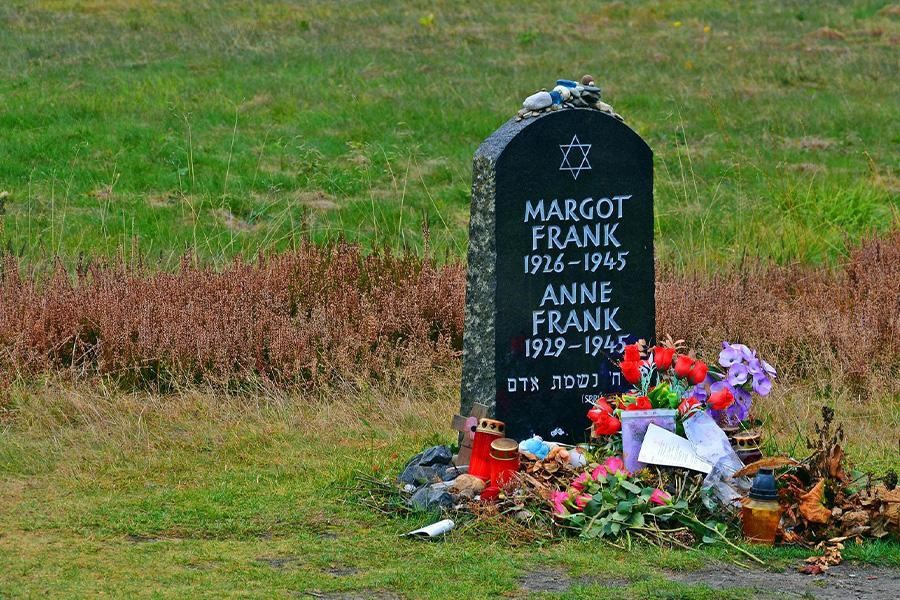
In the past, slate headstones were highly demanded due to their smooth textures, beautiful color, and easy-to-carve inscriptions. However, its holey and crumbling structure with low resilience to weather over time decreased its demand. Although slate is a strong material for a headstone, it’s still very brittle. It’s unlikely to be intact if something heavy drops on it. Its water resistance makes it the most distinctive material, as it has deficient water absorption.
Fieldstone
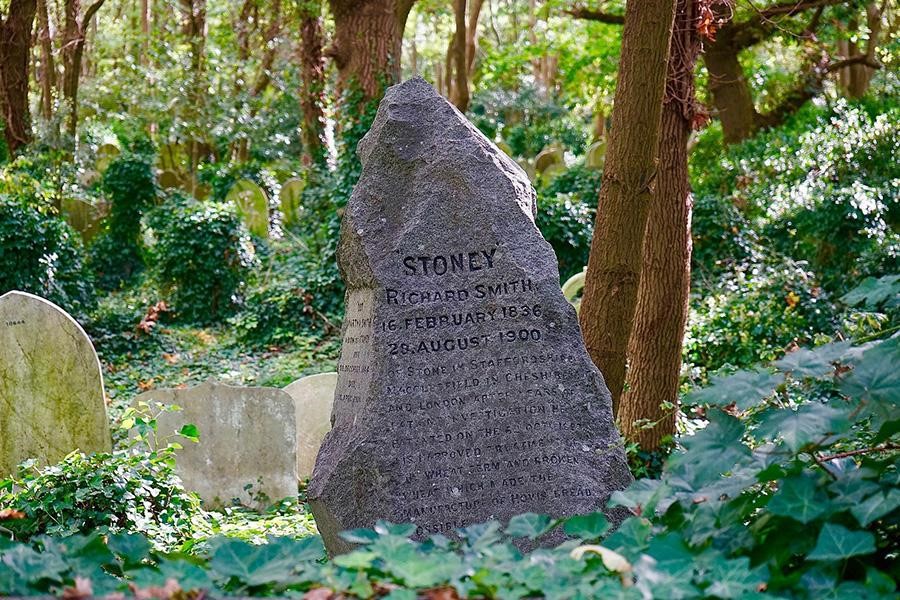
Fieldstones were used in old times for monuments, usually left unmarked or sometimes with a deceased person’s name and age. As this material isn’t resilient to weather, its demand decreased with time.
How to cater to clients’ needs
When a customer wants to buy a headstone for themselves (pre-need), it’s the best time to offer them a monument sale. Usually, people pick grave as a first option, so it’s the best time to crack at your customers and change their minds. It’s a hard time for your client, and offering some ideas for inscriptions or monuments adds a personal touch to your service and makes this hard time easy for your client.
After collecting basic information about the customer with pre-need, you can offer customized services like the headstone’s color, design, and specific epitaph. While choosing the headstone, each consumer has a different choice, e.g., a sublimation print of a monument for a deceased cat or dog, a fine-quality granite, etc. It’s all about the client’s choice and preference.
Conclusion
Choosing a headstone isn’t easy, especially after losing a loved one. In this guide, we’ve discussed types and commonly used headstone materials. We’ve also addressed the market potential of headstones and the pros and cons of each material. A suitable headstone is durable, resistant to weather, and doesn’t deform or brittle. Although pricey, granite is still the most desirable headstone material. After considering your client’s budget and providing them with an economical and durable headstone, you will support them emotionally and can build a strong clientage in the long run.


